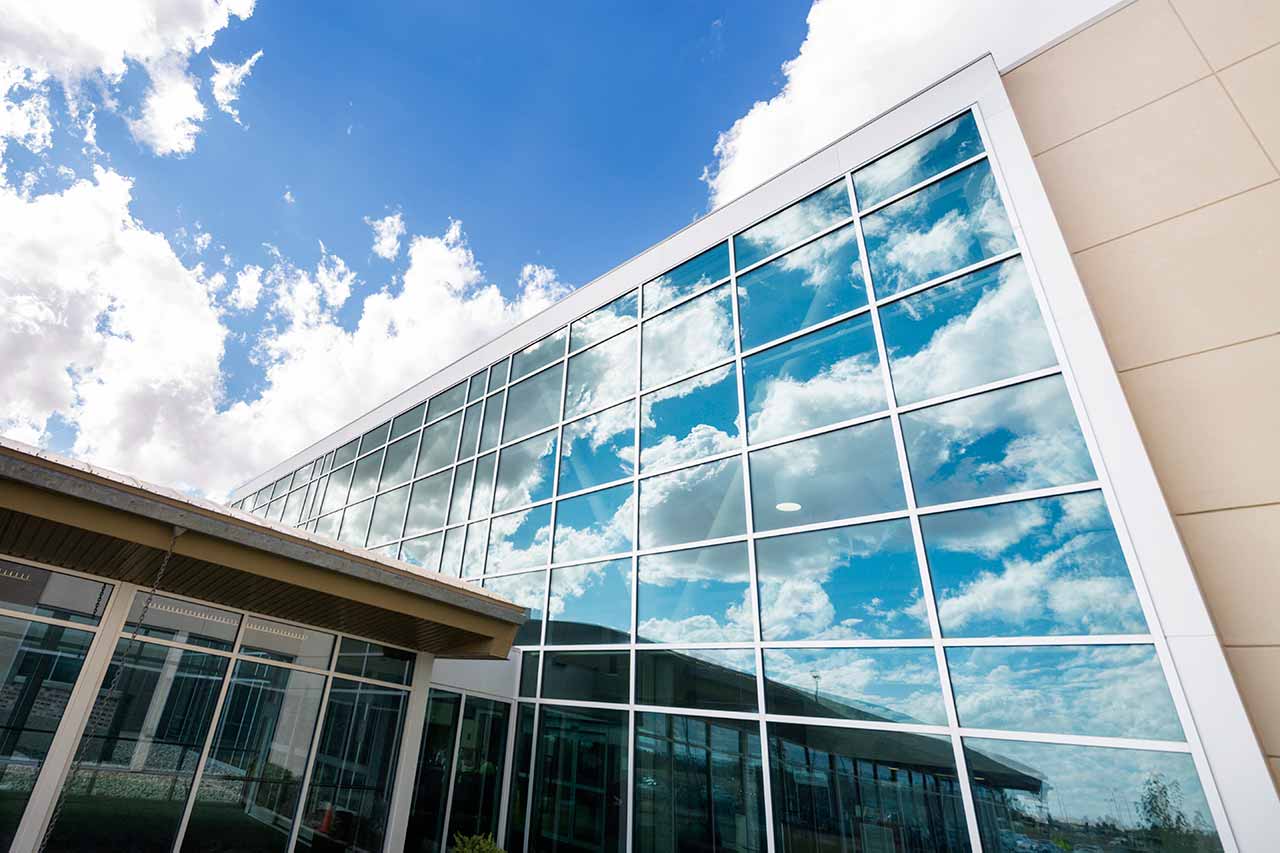
The program includes:
- Initial presentation in the clinic
- clinical history taking
- review of medical records
- physical examination
- laboratory tests:
- complete blood count
- biochemical analysis of blood
- inflammation indicators (CRP, ESR)
- indicators of blood coagulation
- hormonal blood tests
- transplantation of up to 4200 hair follicles with DHI method
- nursing services
- consultations of related specialists
- treatment by chief physician and leading experts
- explanation of individual treatment plan
How program is carried out
The 1st day: our service starts at the airport, where our team will meet you with a sign. Inside the individual folder you will find information about the travel program and the description of the hair transplant procedure. After meeting your personal medical coordinator, you will check into your hotel.
The 2nd day: the day will start from transfer to hospital with our private car. At the hospital, you will undergo a preliminary laboratory examination, including a complete blood count, biochemical blood test, and hormonal blood tests. Then, after a consultation with your physician, DHI hair transplant will be carried out and platelet-rich blood products will be administered. Physicians transplant up to 4,200 hair follicles during one procedure. After that, our colleagues will arrange a transfer to the hotel so that you can relax.
The 3rd day: the physician will remove the postoperative dressing and assess the condition of the transplanted hair follicles. The medical staff will then wash your hair and explain in detail how to take care of the transplanted grafts. You will also receive hair care products: shampoo, lotion, and cream. We will then arrange a transfer to the airport and you will return to your native country.
Required documents
- Medical records
- Photo of the target body region
Service
You may also book:
 BookingHealth Price from:
BookingHealth Price from:
About the department
The Department of Hair Transplantation at the SALUSS Hair Transplantation Clinic Antalya offers the full range of modern therapeutic procedures for hair loss. The department specializes in the surgical interventions for alopecia treatment, as well as in the conservative cosmetic procedures for the restoration of the density and beauty of hair. The patients can undergo hair transplantation not only in the head, but also in the beard and eyebrow. The Chief Physician of the department is Assoc. Prof. Dr. med. Ragip Ozdemir.
The department annually performs about 600 hair follicle transplants using FUE and DHI methods. In 95% of cases, the department's doctors achieve excellent results in alopecia treatment, thanks to which they have gained prestige at both national and international levels.
The main clinical focuses of the department include:
- Sapphire FUE hair transplantation. The first stage of the procedure is anesthesia in order to eliminate pain and provide the patient with maximum comfort. As soon as the anesthesia begins to work, the doctor makes incisions to collect the hair follicles at the correct angle, with sufficient depth and with uniform density in the donor site. At this stage, the doctor uses special sapphire blades, which, in comparison with their metal analogues (in the case of a classic FUE procedure), do not lose their sharpness and provide minimal tissue trauma during the collection of follicles, which ensures faster recovery. The incisions with a sapphire blade promote follicular growth, so the transplanted hair has a better chance of settling and regrowing. These blades allow placing more follicles per square centimeter, which guarantees denser new hair growth. The duration of the surgery is 6 to 8 hours. The hair follicles can be transplanted not only to the head, but also to the mustache, beard and eyebrows. The final result of the operation is achieved in 12-18 months.
- DHI hair transplantation in men. The essence of the procedure is hair transplantation using a special instrument – the CHOI implanter pen. The doctor collects hair follicles from the donor site (in most cases, the back of the head) using a micro device, after which they are placed in a special solution for a while. The doctor then places the treated hair follicles in the CHOI implanter pen without damaging them. The grafts are transplanted to the scalp, taking into account the direction of hair growth and the wishes of the patient. The procedure is painless. The CHOI implanter pen is disposable and used only for a specific patient.
- DHI hair transplantation in women. Women rarely resort to hair transplantation, but in the case of female pattern baldness, alopecia, hairline distortion they require a professional solution to these problems. As with the DHI hair transplantation for men, the grafts are collected from the back of the head, which are transplanted to the areas with reduced hair growth. In some cases, the hair follicles are collected not from the back of the head, but from other parts of the body. Depending on the severity of the clinical case, the procedure usually takes 4 to 6 hours. In the case of severe forms of alopecia, several procedures may be required. The intervention is performed under local anesthesia. The patient does not feel any pain and does not require hospitalization.
- Beard and moustache hair transplantation. To restore hair growth in the beard, the doctors use the Sapphire FUE technique. The hair grafts are collected from the back of the head, after which they are transplanted to the beard or mustache, where there is no hair.
- Eyebrow hair transplantation. The procedure is designed to restore natural and beautiful eyebrows in people with thin eyebrows, scars and burns in the eyebrow area, asymmetric eyebrows, etc. To transplant hair into the eyebrow area, the very latest latest DHI technique is used. The doctors use the back of the head as a donor site. Before transplanting grafts into the eyebrow, the doctor carefully listens to the patient's wishes regarding the shape of the eyebrows, and also takes into account his face shape in order to form an eyebrow line that will be most suitable for the facial features of a certain person. After the transplantation, a certain period of time is required for the eyebrows to grow back well and take the required shape.
- PRP therapy for hair treatment. The essence of the procedure is to inject platelet-rich plasma treated with a special activator into the scalp. Plasma helps to stimulate hair growth and fight hair loss. This treatment method does not cause any allergic reactions, does not affect the function of the liver and kidneys, since it does not contain any chemicals. PRP therapy is a safe and effective procedure. To achieve the best possible results, it is recommended to carry out at least 5-6 procedures. The treatment results last for two or more years.
- Scalp mesotherapy. This treatment also aims to stimulate hair growth and improve its appearance. When performing the procedure, the doctor injects solutions with beneficial substances into the scalp, which strengthen the hair follicles and ensure the supply of nutrients to them. Mesotherapy is suitable for all hair types. The optimal course of treatment is from 8 to 10 procedures, which are carried out once a week. After the session, the patient must not wash his hair, sunbathe, drink alcohol, do massage and go to the bathhouse or sauna for several days. The effect after a course of hair mesotherapy will be noticeable in a month, while the best possible results will be achieved six months after the therapy.
- Scalp trichopigmentation. With this procedure, one can solve problems such as hair loss, thin hair, alopecia areata, scars, postoperative scars on the scalp. In the process of tricopigmentation, the dye is injected into the upper layer of the skin using a special apparatus. Each point repeats an individual hair follicle. A specialist manually draws each hair, which creates the effect of hair density in the places of its thinning. The tricopigmentation can be performed both in the presence of hair and on a shaved head. Depending on the situation, the pigment can be injected into the entire scalp or only in certain areas. The procedure is painless (sometimes it can cause minor discomfort, in this case a superficial anesthesia is administered to the patient), and also is very safe, since a special pigment almost never causes allergies. The effect is achieved in several sessions and lasts for about two years. Then it will be necessary to repeat the procedure.
- Other treatments for hair loss
Curriculum vitae
Professional Career
- 2015 Work at the Private Practice.
- 2012 - 2015 Work at the Private Olimpos Hospital Antalya, Antalya, Istanbul.
- 2006 - 2012 Work in the Department of Plastic and Reconstructive Surgery at the Hospital of the Suleyman Demirel University, Kaskelen, Kazakhstan.
- 2005 - 2006 Work at the Elit Medical Center, Sanliurfa, Turkey.
- 2002 - 2005 Work at the Academic Teaching Hospital of Ankara, Ankara, Turkey.
Photo: (c) depositphotos
About hospital
The SALUSS Hair Transplantation Clinic Antalya is one of the leading providers of high-quality services in the beauty industry in Turkey. The clinic's specialization covers hair transplantation using innovative FUE and DHI technologies, plastic surgery and dentistry. The medical complex has been successfully operating for more than 10 years and during this time has become widely known far beyond the borders of Turkey. It admits patients from more than 40 countries of the world. The clinic provides its services to more than 5,000 patients every year.
For the benefit of patients, the medical center employs highly qualified doctors who have studied and trained in the most prestigious educational institutions in the world, in particular the University of Berlin and the University of Manchester. The high rates of treatment success are achieved thanks to an advanced technical base that makes it possible to perform both simple routine and complex procedures to improve the appearance. The clinical practice is based on three fundamental principles – honesty, transparency and confidentiality.
The medical center has been awarded many prestigious national and international quality certificates, including Turkish Medical Association certificate, Joint Commission International (JCI) certificate, TÜV SÜD certificate, ISO certificate. In addition, in 2019 the clinic was awarded the WhatClinic Patient Service Award in the field of medical tourism.
Photo: (c) depositphotos
Accommodation in hospital
Hotel
During an outpatient program, the patient can stay at the hotel of his choice. If desired, it is possible to stay in a hotel on the territory of the hospital or in a nearby hotel. Our managers will help you choose the most suitable option.



